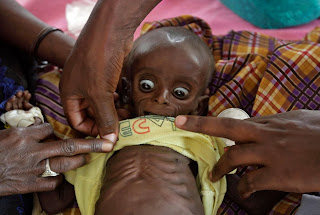Can a country refuse to admit refugees?
Under international law, refugees must not be forced back to the countries they have fled. This principle of non-refoulement is the key provision of the 1951 UN Refugee Convention, which defines international law and guidelines to protect refugees.
Host governments are primarily responsible for protecting refugees and most states fulfill their obligations to do so. Others, however, avoid their responsibility by pointing to a lack of resources, threats to national security, fears of domestic political destabilization, or the arrival of even greater numbers of refugees. This is a violation of international law that is binding on all states.
What are the solutions to refugee and displacement crises?
The UN Refugee Agency (UNHCR) speaks of three “durable solutions” to refugee crises: return; local integration; and third country resettlement.
The most desirable way to end forced displacement is for people to return home when conflict ends. To return in safety and dignity, families need help with transportation and require basic goods for restarting their lives, including a provisional supply of food, seeds and tools, and building materials for home repair or construction. In addition, support for the reconstruction of schools and health clinics is also critical.
If instability persists or if the individual will face persecution when they return, then integrating into the country of asylum is another option. Most countries hosting refugees, however, are reluctant to allow refugees to integrate and become citizens, fearing competition for scarce resources between the refugees and residents of a particular locale.
Resettlement to a third country can also be a solution for refugees who cannot return home, cannot establish a new life in their country of asylum, or are considered to be particularly vulnerable.
Resettlement can never be an option for more than a tiny minority of the world’s refugee population, but still benefits tens of thousands of refugees who have made new lives in countries such as the United States, Canada, Sweden, and Norway.
In FY 2010, the United States resettled about 73,000 refugees. The countries of origin with the largest numbers of resettled refugees in the U.S. in 2010 were Iraq (18,016), Burma (16,693), Bhutan (12,363) and Somalia (4,884).





















